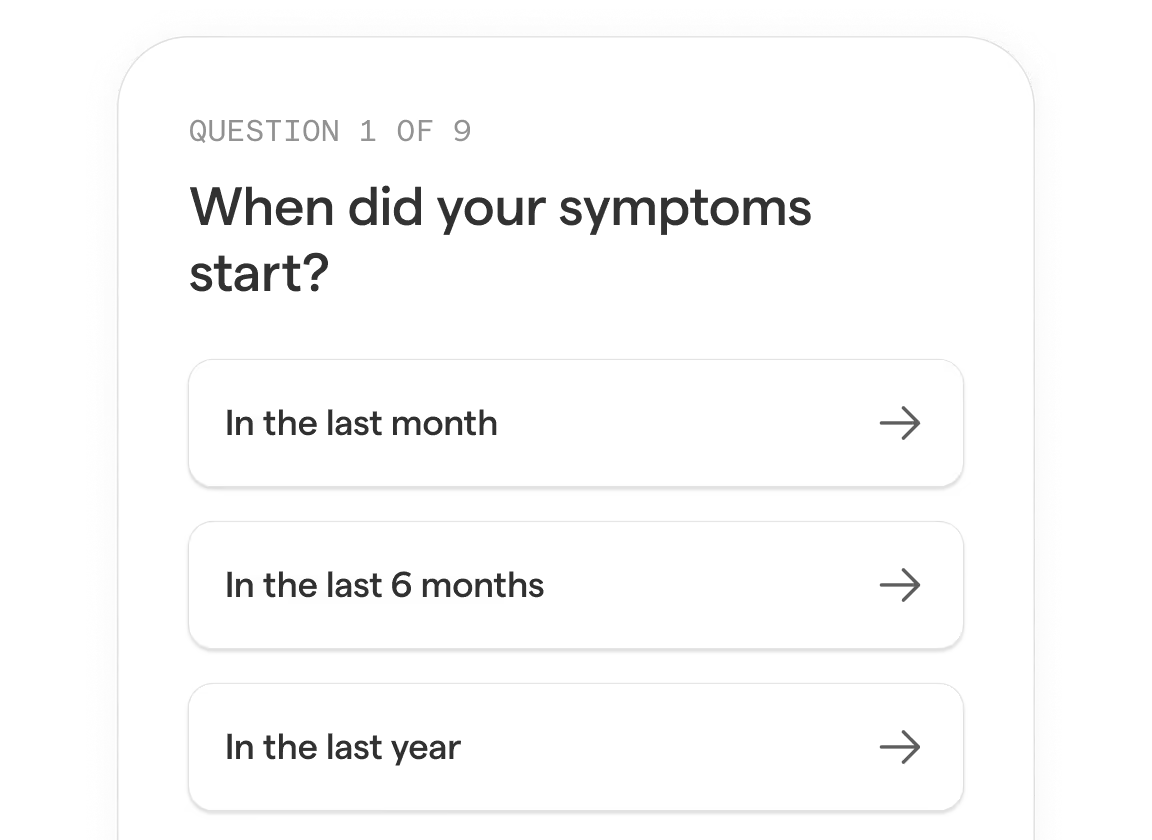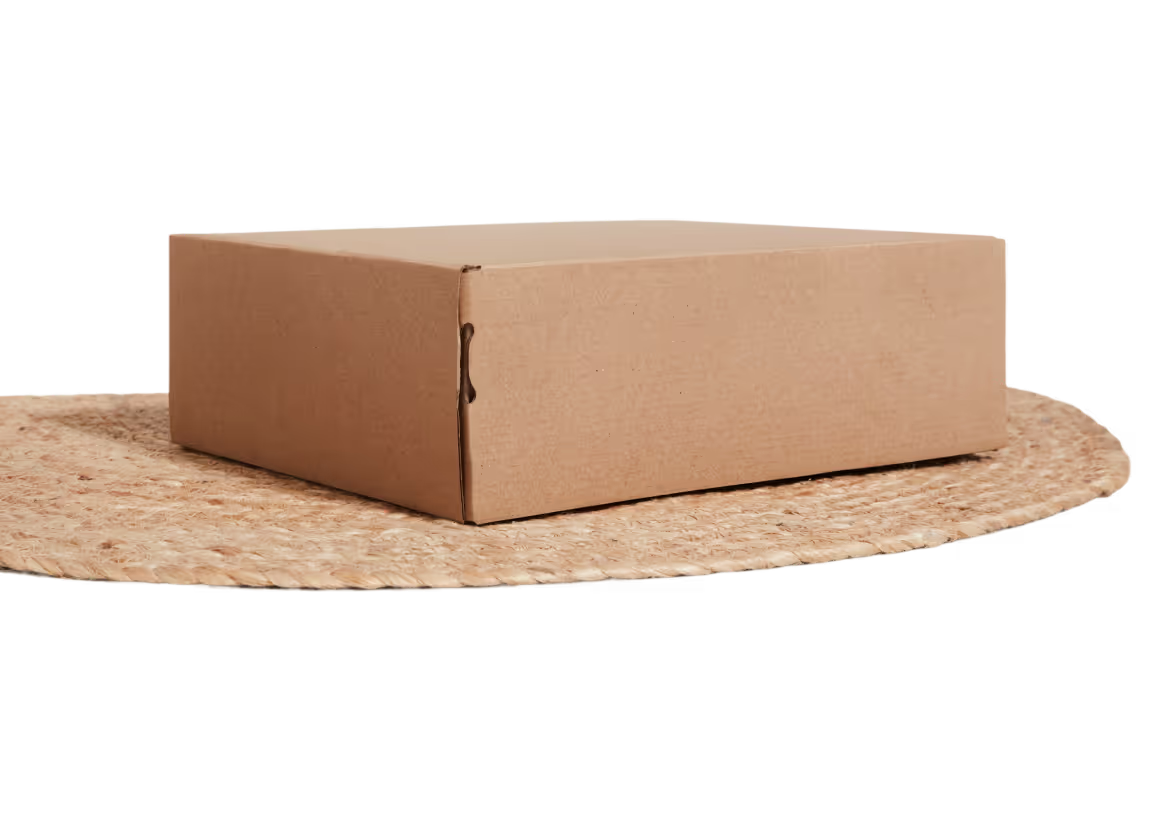Duloxetine is a selective serotonin and norepinephrine reuptake inhibitor (SSNRI) which is used to treat major depressive disorder (MDD). It may also be prescribed for the treatment of other conditions, including generalized anxiety disorder (GAD), nerve pain, chronic muscle or joint pain, and fibromyalgia. Duloxetine helps to balance certain brain chemical levels which tend to be unbalanced in people with depression or anxiety.
Duloxetine works by increasing the levels of the neurotransmitters serotonin and norepinephrine in the brain. These neurotransmitters occur naturally and they affect mental balance as well as pain signals. Duloxetine raises their levels by inhibiting them from being reabsorbed after they’re released. Duloxetine is usually taken once or twice daily as prescribed.
What is Duloxetine used to treat?
How long does Duloxetine last after you take it?
Further reading









